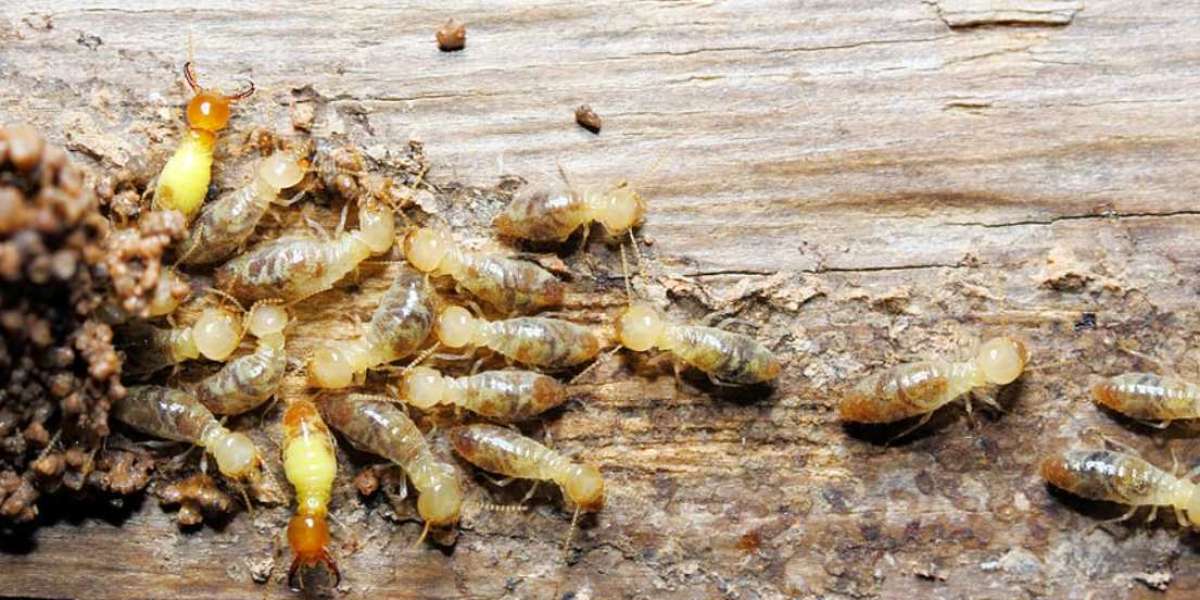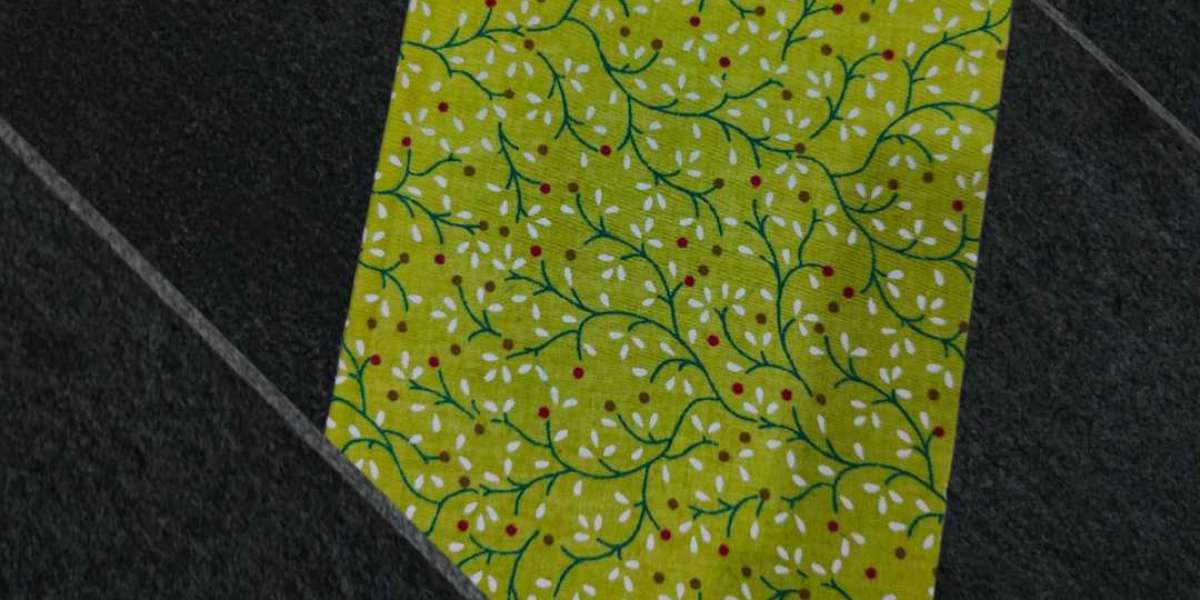Termites are one of the most destructive pests that can invade your home. These tiny insects can cause significant structural damage, often without being detected until the problem is severe. Understanding how to prevent and control termite infestations is crucial for maintaining the integrity and value of your property. This article will provide an in-depth guide to termite control, covering prevention strategies, signs of infestation, and treatment options.
Understanding Termites
Termites are social insects that live in colonies and feed primarily on wood. There are several species of termites, but the most common ones that infest homes are subterranean, drywood, and dampwood termites. Subterranean termites build their colonies in the soil and require contact with moisture, while drywood termites can infest dry wood without the need for soil contact. Dampwood termites prefer wood that is moist, often infesting decaying wood.
Signs of a Termite Infestation
Early detection is key to minimizing termite damage. Here are some common signs of a termite infestation:
Mud Tubes: Subterranean termites build mud tubes to travel between their colony and food sources. These tubes are often found on the exterior walls, foundation, or in crawl spaces.
Wood Damage: Termites consume wood from the inside out, leaving a thin veneer of wood or paint. Tap on wood structures and listen for a hollow sound.
Swarmers: Termite swarmers are winged reproductive termites that leave the colony to start new colonies. Seeing swarmers or their discarded wings is a sign of an active infestation.
Frass: Drywood termites leave behind small, pellet-like droppings called frass. You may find these near windowsills, baseboards, or other wooden structures.
Preventing Termite Infestations
Prevention is the first line of defense against termites. Here are some strategies to protect your home:
Reduce Moisture: Termites are attracted to moisture. Fix any leaks in your home’s plumbing, roof, and foundation. Ensure that your gutters and downspouts are functioning properly to divert water away from your home.
Remove Wood-to-Ground Contact: Avoid direct contact between wood and soil. Use concrete or metal barriers to separate wood from the ground. Keep firewood, lumber, and other wooden materials away from your home’s foundation.
Proper Ventilation: Ensure that your home is well-ventilated, particularly in crawl spaces, attics, and basements. Good airflow reduces moisture buildup, making your home less attractive to termites.
Regular Inspections: Schedule regular termite inspections with a professional pest control company. Early detection can prevent extensive damage.
Termite Control Methods
If you suspect or confirm a termite infestation, it’s crucial to act quickly. Here are some common termite control methods:
Chemical Treatments:
- Termiticides: Liquid termiticides can be applied to the soil around your home to create a barrier that termites cannot cross. This method is effective for subterranean termites.
- Baiting Systems: Bait stations containing a slow-acting toxic substance are placed around your home. Termites consume the bait and bring it back to the colony, eventually killing the entire colony.
Physical Barriers:
- Steel Mesh: Stainless steel mesh can be installed around your home’s foundation to block termites from entering.
- Sand Barriers: A layer of sand with specific grain size can be used as a barrier, as termites cannot tunnel through it.
Heat Treatment: For drywood termites, heat treatment can be effective. This method involves raising the temperature in the affected area to a level that is lethal to termites.
Fumigation: Whole-structure fumigation is a common method for treating drywood termite infestations. This involves covering the structure with a tent and introducing a gas that kills termites.
Conclusion
Termite control is essential for protecting your home from the costly damage these pests can cause. By taking preventive measures and being vigilant for signs of infestation, you can safeguard your property. If you suspect a termite problem, Click here it’s best to consult with a professional pest control service to determine the most effective treatment plan. Regular maintenance and inspections are key to ensuring that your home remains termite-free.













